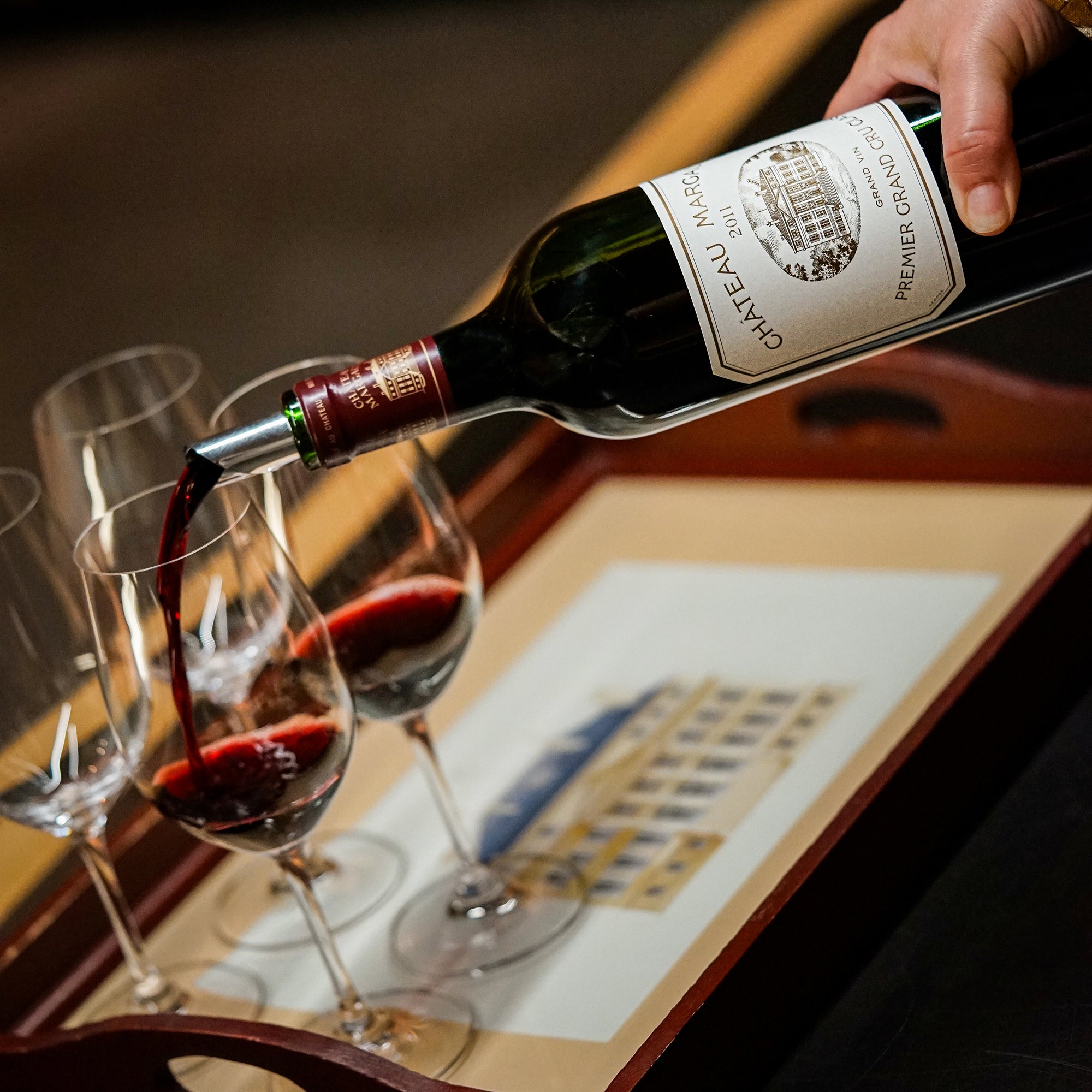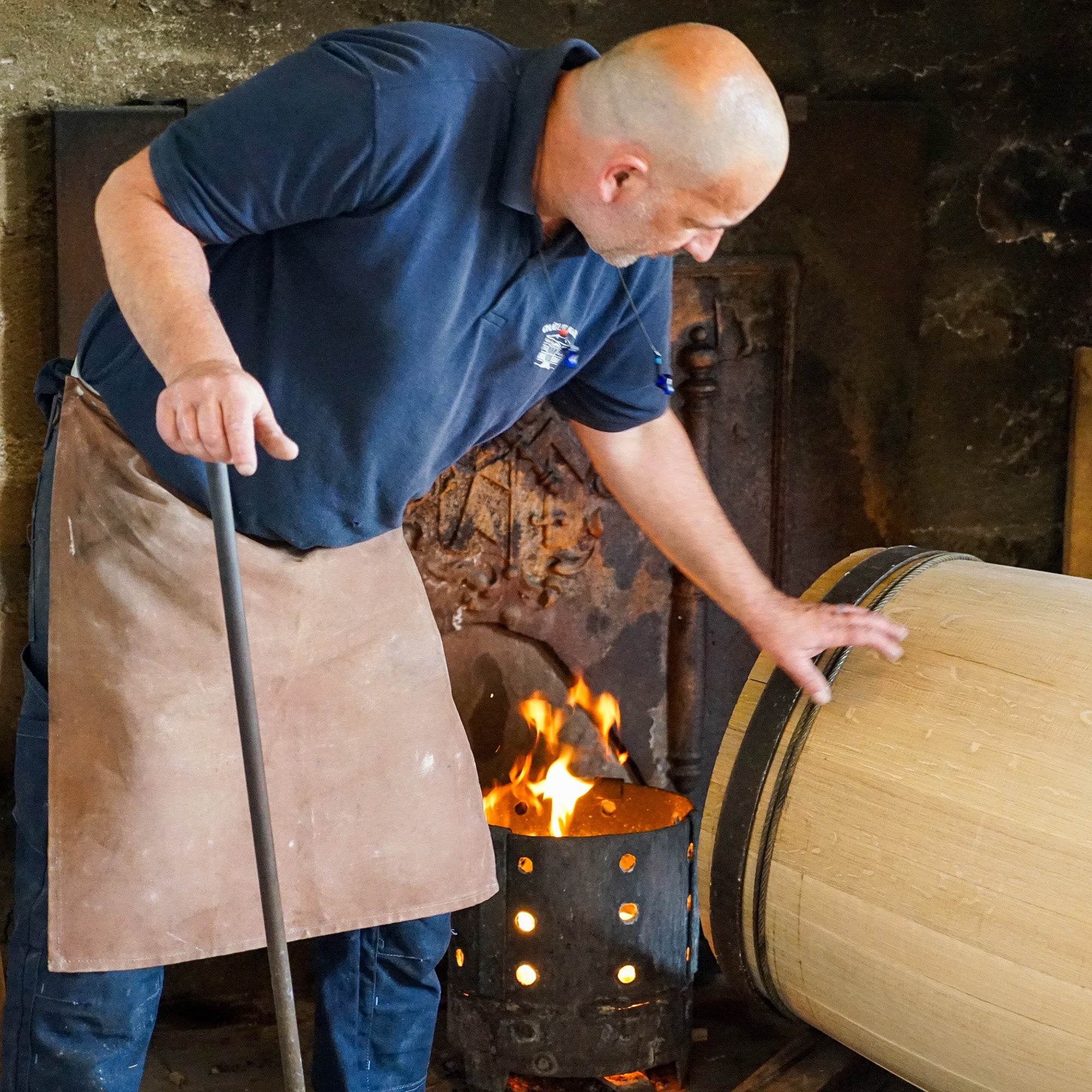
Château Margaux
-
A Legacy of Excellence in Bordeaux
For wine enthusiasts and connoisseurs, Château Margaux is synonymous with luxury, history, and unparalleled quality. Nestled in the heart of the Médoc region in Bordeaux, this prestigious estate boasts a legacy that spans centuries, consistently producing some of the world’s most revered wines.
A Rich Historical Tapestry
The origins of Château Margaux date back to the 12th century when it was known as "La Mothe de Margaux." However, it wasn't until the 16th century that the estate began to shape its present identity. By the early 18th century, Château Margaux had already established a reputation for excellence, which was solidified in 1855 when it was classified as a Premier Grand Cru Classé during the Bordeaux Classification, one of only four estates to receive this honor.
The 1855 Classification was established at the request of Emperor Napoleon III of France as part of the 1855 World's Fair, aiming to classify the vineyards in Bordeaux.
Architectural Grandeur
The majestic Neo-Palladian château, often referred to as the "Versailles of the Médoc," was commissioned by Bertrand Douat, Marquis de la Colonilla, and designed by Bordeaux architect Louis Combes in 1815. This architectural masterpiece is set amidst beautifully landscaped gardens and a stately tree-lined boulevard, creating a regal ambiance that befits its storied history.



-
The Mentzelopoulos Era
In 1977, André Mentzelopoulos acquired Château Margaux and embarked on an ambitious restoration project. His vision and commitment to quality revitalized the estate, bringing it back to the pinnacle of winemaking excellence. His daughter, Corinne Mentzelopoulos, continued this legacy, further enhancing the estate’s reputation. Under her leadership, notable improvements included modern winemaking facilities designed by renowned architect Norman Foster in 2015. Foster's work includes many iconic structures around the world including the Apple Park in Cupertino, California and the Hearst Tower in New York City.
Winemaking Mastery
Château Margaux is renowned for producing exceptional wines that embody the essence of its unique terroir. The estate spans 262 hectares, with 87 hectares dedicated to vineyards. The primary grape varieties grown include Cabernet Sauvignon, Merlot, Cabernet Franc, and Petit Verdot, which are meticulously cultivated to produce wines of exceptional quality.
Here's an overview of the wines produced by Château Margaux:
Château Margaux (Grand Vin)
- Type: Red
- Grapes: Primarily Cabernet Sauvignon, with Merlot, Petit Verdot, and Cabernet Franc
- Characteristics: The Grand Vin of Château Margaux is known for its elegance, complexity, and longevity. It typically exhibits aromas of blackcurrant, violet, and hints of oak. On the palate, it offers a harmonious balance of fruit, tannins, and acidity, with a long, refined finish
- Aging Potential: Château Margaux is renowned for its aging potential, with top vintages capable of developing and improving for several decades
2. Pavillon Rouge du Château Margaux
- Type: Red
- Grapes: Similar to the Grand Vin but often with a higher proportion of Merlot and sometimes Cabernet Franc and Petit Verdot
- Characteristics: Pavillon Rouge is the second wine of Château Margaux, offering a more approachable and earlier-drinking option compared to the Grand Vin. It shares the elegance and finesse of the Grand Vin but is typically softer and less structured
- Aging Potential: While Pavillon Rouge can be enjoyed relatively young, it also benefits from some aging, usually maturing well within 10-20 years
3. Pavillon Blanc du Château Margaux
- Type: White
- Grapes: 100% Sauvignon Blanc
- Characteristics: This is the only white wine produced by Château Margaux. Pavillon Blanc is noted for its freshness, aromatic intensity, and minerality. It often displays citrus and tropical fruit flavors, along with floral and herbal notes
- Aging Potential: Pavillon Blanc can be enjoyed young for its vibrant fruitiness but also develops complexity with a few years of bottle age, typically drinking well for 10-15 years
4. Margaux du Château Margaux
- Type: Red
- Grapes: Similar blend to the Grand Vin and Pavillon Rouge, but sourced from younger vines and specific plots within the estate
- Characteristics: This third wine offers a more accessible and affordable expression of the Château Margaux style. It is crafted to be enjoyed earlier than the other wines, with a focus on fruit-forward flavors and softer tannins
- Aging Potential: Margaux du Château Margaux is meant for earlier consumption, usually within 5-10 years
Meticulous Barrel Craftsmanship
Château Margaux takes great pride in its meticulous barrel-making process, an essential element in crafting its world-renowned wines. The estate employs highly skilled coopers who follow time-honored techniques to create barrels specifically tailored to their wine's unique profile.
The process begins with selecting the finest French oak, known for imparting complex flavors and aromas. The staves are carefully seasoned for several years to ensure optimal quality before being shaped and assembled. Each barrel is then toasted to precise specifications, a process that involves heating the inside of the barrel to bring out the desired characteristics of the wood. This careful craftsmanship ensures that every barrel contributes to the distinctive elegance and aging potential of Château Margaux wines.
Plan Your Visit
A visit to Château Margaux is a journey through history, architecture, and viticulture. Visitors can explore the stunning grounds, state-of-the-art winemaking facilities, and taste some of the finest wines Bordeaux has to offer.
Tours must be booked by appointment.
Whether you are a seasoned connoisseur or a curious enthusiast, a visit to Château Margaux promises an unforgettable experience.

